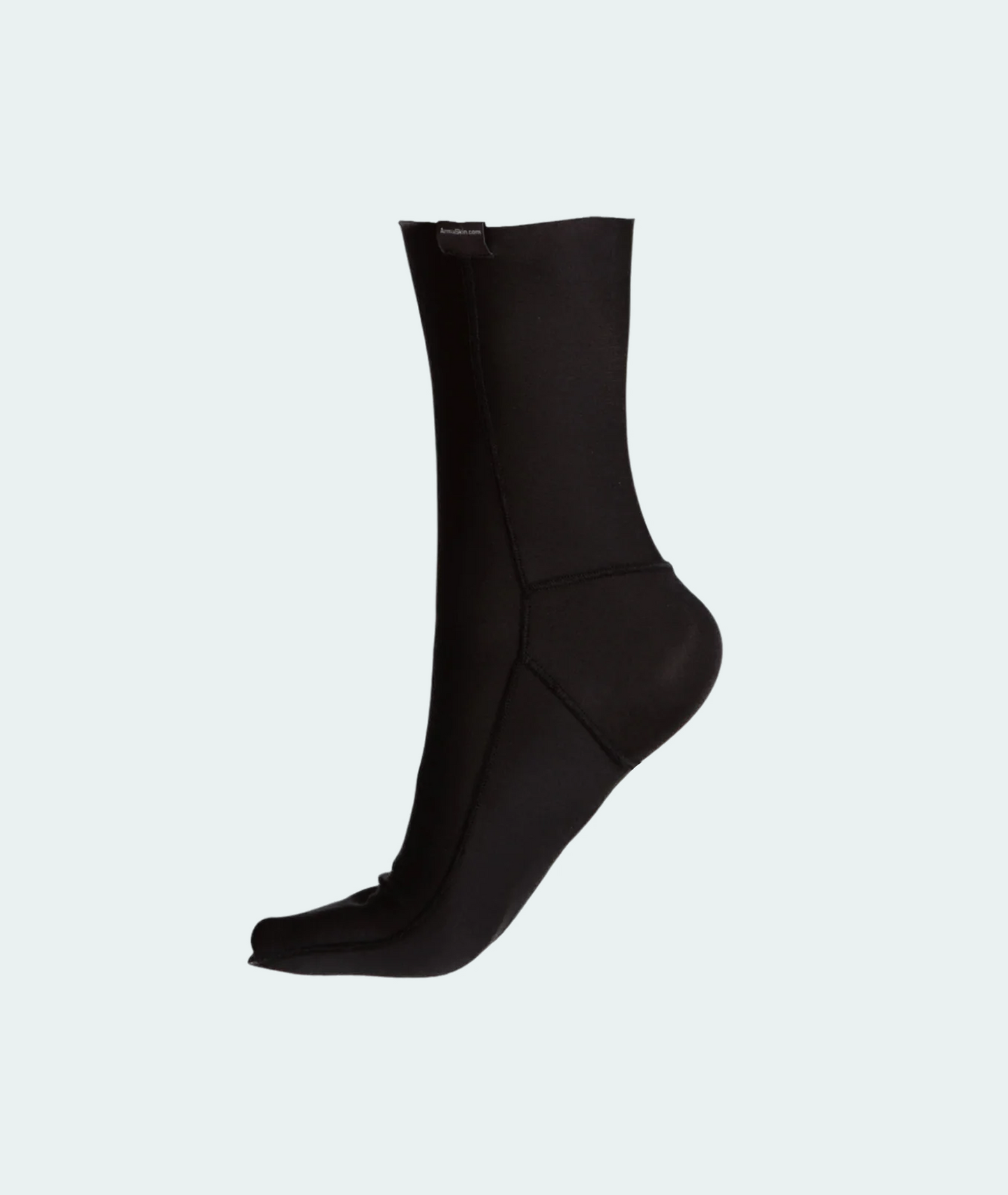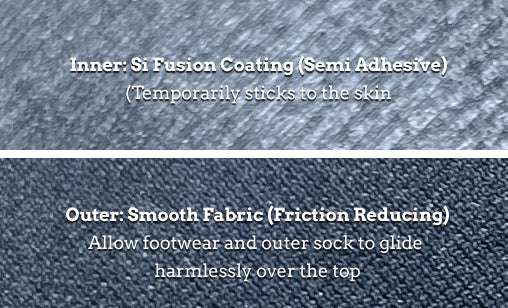Introduction
Encouraged by some hiker friends I recently embarked on a journey to conquer the summit of Mt Kosciuszko, the highest peak in Australia. To prepare for this adventure, I invested in a new pair of Vibram hiking shoes, renowned for their durability and comfort. However, just a few weeks into my training, I noticed something peculiar - the factory inner soles started to drift towards the heel, compromising the fit and comfort of the shoes. Determined not to let this minor setback hinder my preparations, I turned to Neat Feat, a brand of insoles available at my local pharmacy. These insoles have not only remained firmly in place ever since during regular daily use and also significantly enhanced the comfort of my Vibram shoes. This personal experience led me to delve deeper into the world of shoe insoles, a seemingly trivial yet crucial aspect of hiking gear often overlooked by many. Join me as we explore the hidden power of insoles in enhancing your hiking experience.

The Importance of Insoles
Aftermarket insoles provide enhanced arch support and shock absorption during impact activities like running or jumping. They help reduce strain and fight fatigue, allowing you to hike for longer without discomfort. Furthermore, they can promote efficient biomechanics and neutral alignment to avoid pain and injury in your ankles, hips, knees, and back. Newer models of insoles often come with anti-bacterial properties built into their materials which help prevent odour and bacteria build-up over time due to sweat accumulation.
As for the frequency of replacing insoles, it varies depending on the frequency and intensity of hikes. If you take frequent hikes every week, you may need to replace them more often than someone who only hikes occasionally. The duration of each hike should also be taken into account since longer trips require more cushioning and support from the insoles than shorter ones do. A good rule of thumb is to replace them every 6-12 months, but if you’re a serious hiker or use your insoles every day for strenuous activity, you may have to replace them every 3-4 months.
Don’t Let Blisters Slow You Down!
Discover the ultimate solution with ArmaSkin Anti-Blister Socks. Designed with advanced friction-reducing technology, these socks keep your feet dry, comfortable, and blister-free – no matter the challenge.
Shop NowThe Hiker’s Dilemma: New Boots, New Insoles
Absolutely, let’s delve into the prevalence of this practice among hikers and the reasons behind it.
It’s a common practice among hikers to buy new boots and then replace the factory-fitted insoles with more effective ones. This might seem counterintuitive at first. After all, one would expect that new boots should provide everything a hiker needs right out of the box. However, the reality is a bit more complex.
Most of the insoles included in hiking boots are often basic foam inserts that offer little to no support or protection for your feet. They are typically designed to fit a wide range of foot shapes and sizes, which means they may not provide the ideal fit for everyone. This lack of personalized fit can lead to discomfort, especially during long hikes.
Replacing these factory-fitted insoles with aftermarket ones can significantly enhance the comfort and performance of the boots. Aftermarket insoles are designed to provide enhanced arch support, better shock absorption, and improved stability. They can also help reduce fatigue and stress on the feet, which is particularly important for hikers who spend long hours on the trail.
Moreover, aftermarket insoles can help address specific foot conditions such as flat feet or plantar fasciitis. They can also provide a more snug fit, reducing the likelihood of the foot moving around inside the boot, which can lead to blisters.
However, while aftermarket insoles can provide general support and comfort, custom orthotics offer a more personalized solution to address specific foot conditions. The choice between aftermarket insoles and custom orthotics should be based on individual needs, the severity of the foot condition, and the advice of a healthcare professional.
1. Type of Hiking: The type of hiking you plan to do can greatly influence the kind of insoles you need. For instance, if you’re planning a long-distance hike or backpacking trip, you might need insoles that provide excellent arch support and shock absorption. On the other hand, if you’re going for a short day hike, comfort insoles made from foam or gel might be sufficient.
2. Personal Comfort: Personal comfort is subjective and varies from person to person. Some people prefer insoles with more cushioning, while others might prefer firmer ones for more support. It’s important to try different types of insoles to find out what works best for you.
3. Foot Health: If you have specific foot conditions like plantar fasciitis or flat feet, you might need insoles that provide targeted support and relief. For example, hikers with flat feet may need insoles that provide more arch support, while those with conditions like plantar fasciitis may want targeted cushioning for shock absorption and protection. In such cases, it’s advisable to consult with a podiatrist or a foot health professional for recommendations.
4. Durability: The durability of insoles is another important factor to consider. Insoles used for hiking should be able to withstand the rigors of the trail. Some insoles may need to be replaced every 400-600 kms.
5. Adhesion: Keeping you insoles in place is critical. Some insoles, like Neat Feat, have an adhesive surface to keep them in place. Others can be kept in place using a special shoe glue like Shoe Goo. However, it’s important to make sure the glue isn’t too strong and permanent, like super glue or Gorilla Glue, in case you ever want to remove the insoles from your shoes.

Total foot comfort
When it comes to optimizing foot care and comfort for hiking, a comprehensive approach is essential. It’s not just about the choice of shoe, but also the insole, the outer sock, and the liner sock. Each of these elements plays a crucial role in ensuring your feet stay comfortable and blister-free on the trail.
The right hiking shoe provides the necessary support and protection for your feet. The insole, often overlooked, can greatly enhance the shoe’s comfort and fit, providing additional support and shock absorption.
The choice of socks is equally important. A good outer sock provides cushioning, wicks away moisture, and reduces friction. And then there’s the ArmaSkin liner sock, a game-changer for many hikers. Worn underneath the outer sock, ArmaSkin liner socks are specifically designed to prevent blisters. They provide an extra layer of protection, reducing friction and wicking moisture away from the skin.
Conclusion
In conclusion, insoles play a pivotal role in enhancing the hiking experience. While hiking boots provide the necessary support and protection, the insoles inside them are the unsung heroes that work tirelessly to ensure your comfort and performance on the trail.
We’ve explored the common practice among hikers of replacing factory-fitted insoles with more effective aftermarket ones. The reasons for this are clear: aftermarket insoles offer a range of benefits, from minimizing fatigue and reducing shifting and rubbing, to providing shock absorption, moisture-wicking, support and stability, and even preventing bacterial growth.
Choosing the right insoles, however, requires careful consideration. Factors such as the type of hiking, personal comfort, foot health, and durability should all be taken into account.
Finally, remember that foot care and comfort for hiking is a comprehensive approach that includes the right shoe, insole, outer sock, and liner sock. In particular, ArmaSkin liner socks can be a game-changer in preventing blisters and enhancing your comfort on the trail.
Investing in quality insoles is not just about enhancing your comfort, but also about ensuring your feet stay healthy and ready for the next adventure. So, next time you’re preparing for a hike, don’t overlook the power of insoles. Your feet will thank you for it. Happy trails!















